TSOTA x TRS Studio Visits is a collaboration between The State of the Arts and The Royal Standard. TRS is a an artist-led gallery, studio and social workspace in Liverpool, working with over 40 artists. Every month we will be presenting interviews and studio visits with artists working in the space and chatting to them about their process, tools and the meaning of art-making. This month, we talked to Max Mallender.
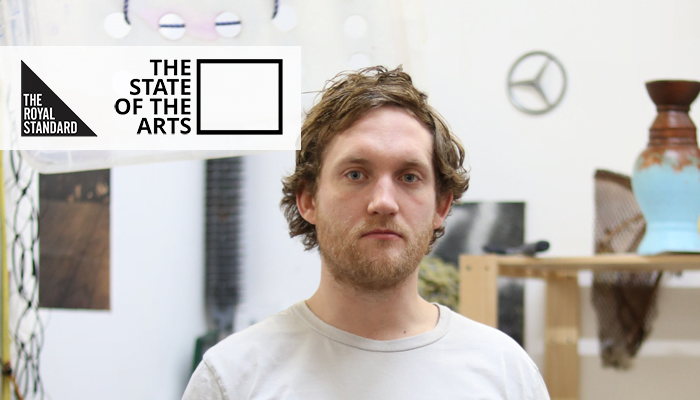
Credit: Benjamin Nuttall
Tell me about your work in general – what themes are you interested in?
I definitely find myself drawn to man-made things, I like building materials and things that look good accidentally, like the way this thing is broken or scratched or stacked together, that kind of thing definitely influences my sculptural work. I got a bit obsessed with sandbags for a bit and made a few works with them. I like how they are really prevalent, once you see them they are everywhere, and the forms they take: they are often all squashed and collapsing over themselves. Now I’m thinking about scaffolding a lot, trying to work out what’s the best way to utilise it, to show it how I see it.
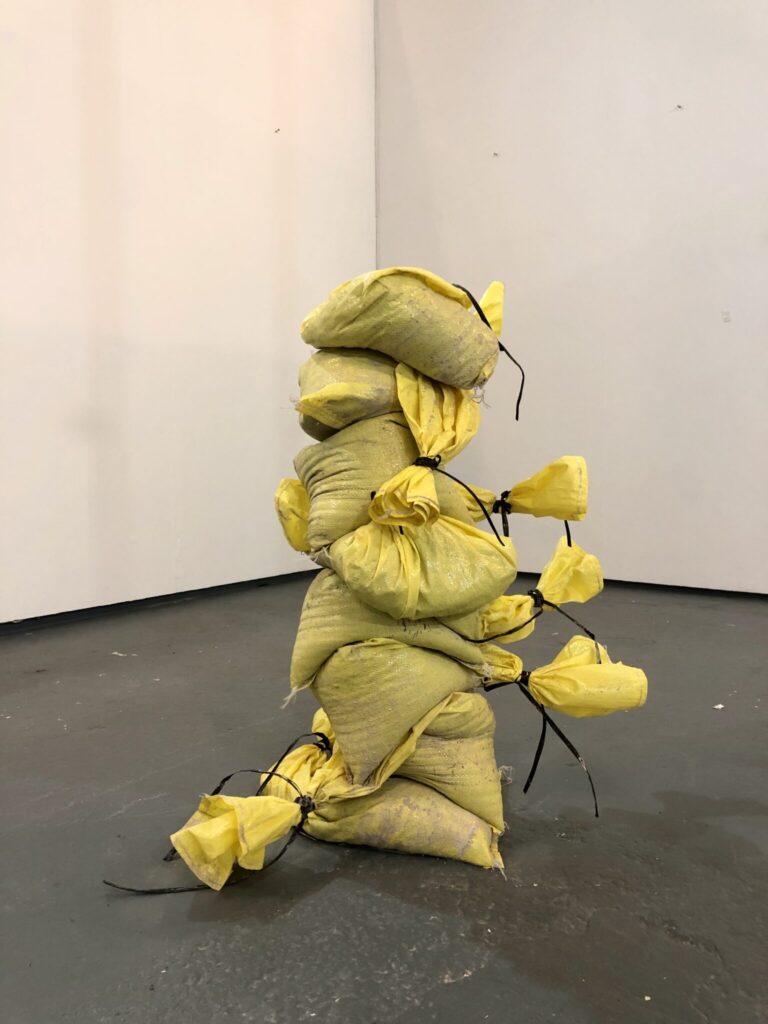
When I’m painting I basically have no idea what I am doing. As soon as I have an idea it turns out terrible, so trying to find this place of constant ‘new’ is really fun, annoying but apparently quite necessary for me to paint. I’ve gone to the studio many times with a painting in mind and it just never happens, so I’m trying to keep it open and experimental. I like finding out how this material reacts with this, or what happens if I do X or don’t do Z, you know? I hated painting until a few years ago, I just never did it, at school I thought it was the worst, most annoying thing, my sister used to do my art homework for me. Now I kinda feel like I’m exploring, everything I figure out is new information, if only to me, it keeps me engaged.
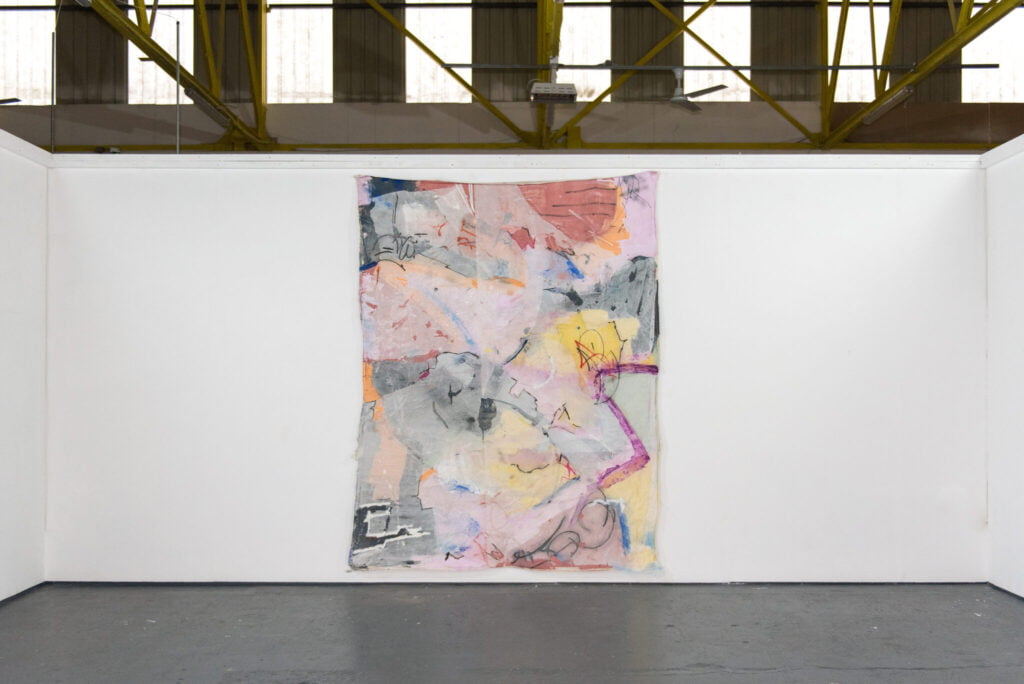
Max Mallender
Most recently though, because of COVID-19, I’ve been making a lot more work on my phone, these weird explorations of the phone where I am utilising screenshots and screen recordings and making weird little visuals out of them for instagram. I get really excited when I find a new gap or bit that doesn’t make sense in the phone. For example, and you could try this, it would be interesting to know if this happens for other people, while editing a photo on iPhone, you go to the crop image button, from there you can zoom all the way in, just keep zooming and then there’s a point where the app cant take it anymore and it force quits, pop, back to the home screen. Like that, it’s totally useless but when it first happened I got quite excited.
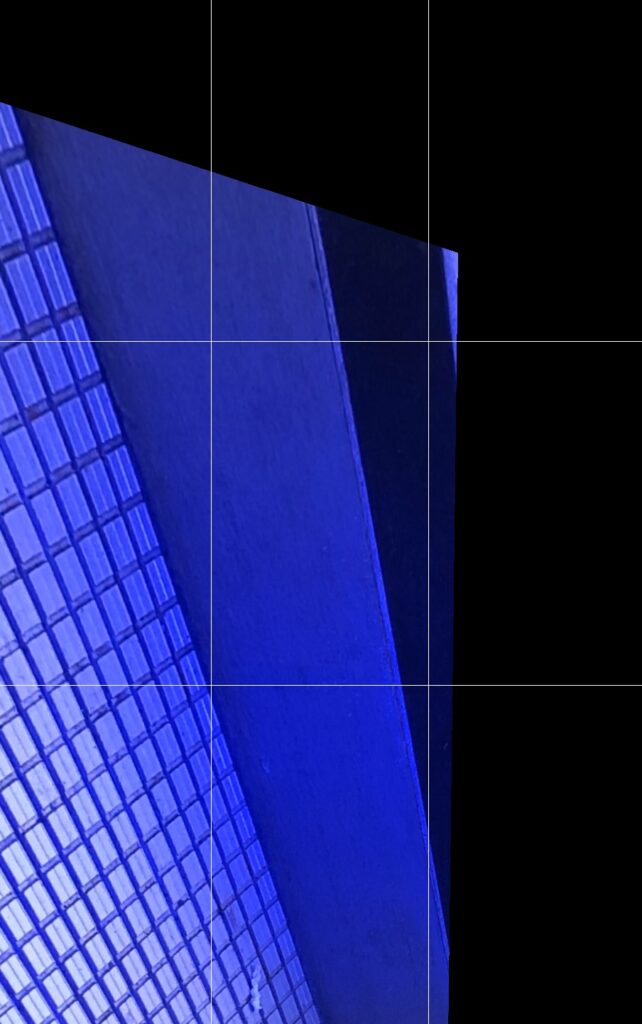
Max Mallender
Your artist bio mentions illegal creativity, which in the most well-known sense usually means graffiti, right? How did you get into that? What other manifestations of illegal creativity are you interested in?
I am referring to graffiti but I guess the scope of illegal creativity is really wide. Obviously there’s street art in there, advert hacking, and like, even those flash mob things that people used to do (maybe they do still?) or raves and even in Europe where people meet at fountains and squares and street drink, skateboard and play music, I love that, I wish we did it here more. I don’t like the idea that we are not allowed to interact with our urban surroundings and graffiti is the anthesis of that idea.
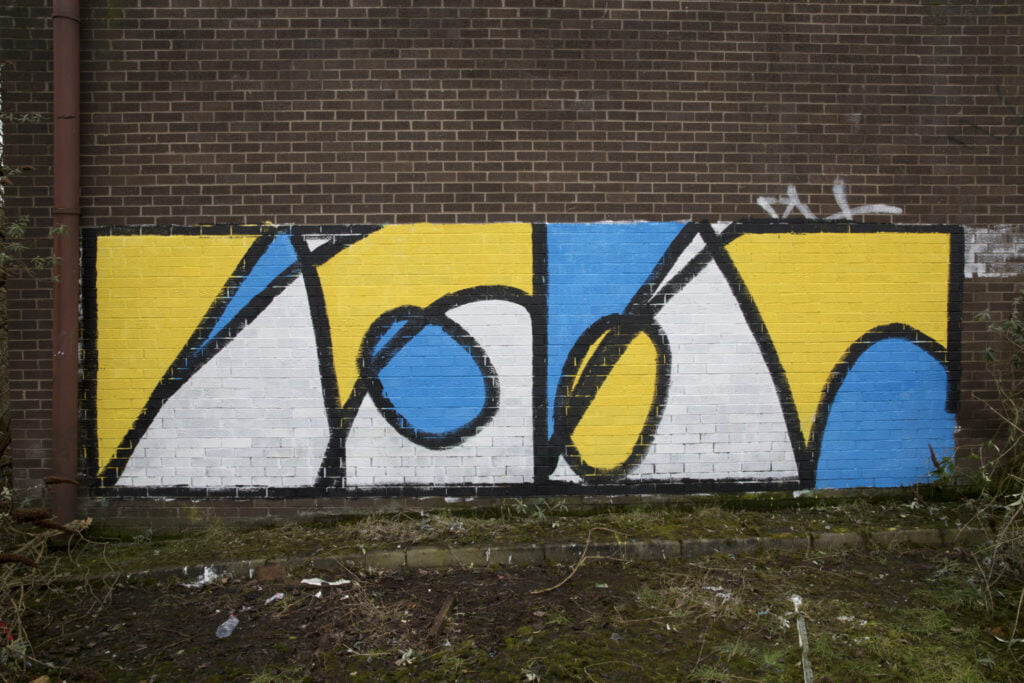
Max Mallender
I got into it from my best friend bringing a graffiti alphabet he’d printed off the internet to a history lesson, we were 11 years old maybe 12. That kind of unlocked the tags and other vandalism I would see around in real life, but hadn’t properly noticed yet, it gave them context, and it was immediately and incredibly addictive. It takes ages to get good, and then there’s all this mystery around who the other people are that are doing it, it’s illegal, it was a very attractive thing to be a part of when I was younger.
How does that feed into your arts practice?
I started making what I think is my ‘art’ in abandoned buildings. Exploring is a part of graffiti, that’s one of the best things about it really: the kind of self imposed freedom to go up on that roof or climb that fence and find out what’s down there. So in these abandoned spaces instead of painting graffiti I started stacking things or cleaning areas to highlight some objects, or painting things within the energy of graffiti I guess, and using the techniques, but not painting letters. Just faffing around really but it opened me up to what was possible. Then, after a few years of sporadically making installation work in these places I got a studio. I still totally rely on the movement I learnt from doing tags in my painting, it’s like dance, I like how your body stores the movement pattern. But I mean on top of that, you can learn all sorts from graffiti, colour theory, perspective, shadow, movement, scale, etc.
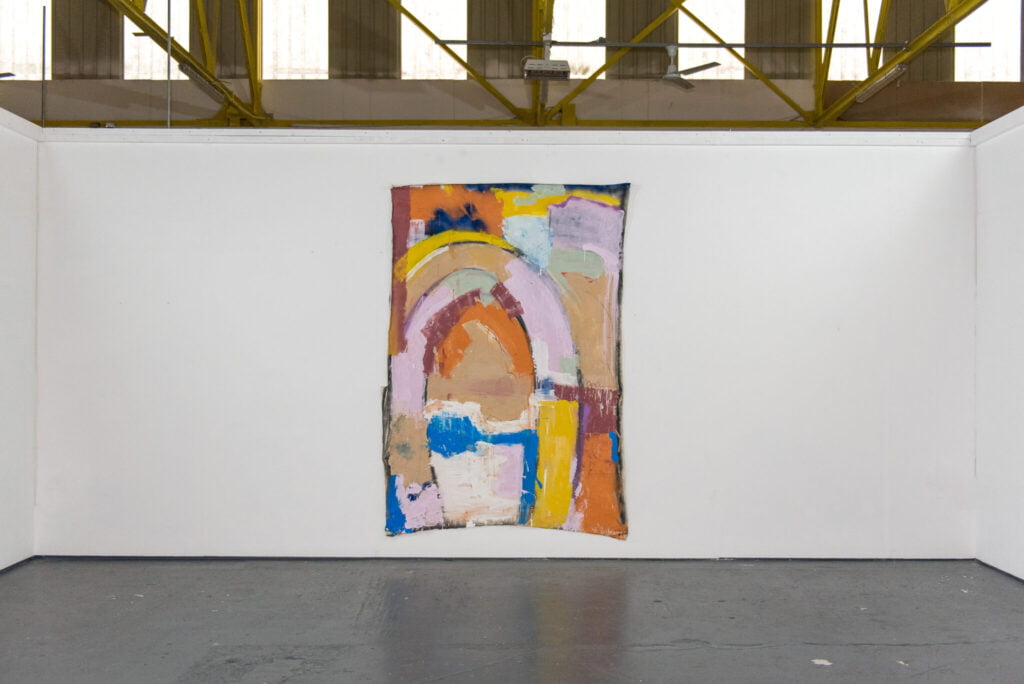
Max Mallender
Do you have a preferred medium?
I guess when I’m making sculptural stuff that’s when I think I’m conveying my artistic vision, or whatever, the most, it feels mine, these are things that I find interesting in real life and I’m trying to highlight them so other people can see them. But really I go through phases of what I’m finding interesting, like the phone art I mentioned, I didn’t even consider it as an option until it just sort of happened by playing around and now I think that’s what I’m doing the most of.
If graffiti is your background, in terms of painting, how do you deal with the constraints of a canvas?
I generally paint on unstretched really thin, really cheap calico canvas that you can buy from Abakhan. It’s so good, it’s already 3m wide and then you just buy it by the meter so I’ll buy like 10m and get maybe 3 or 4 big paintings out of that. I like painting big, I like having to move and use my body to paint things, I like the physical exertion of it. I am also terrible at painting small, fiddly things and me are not very compatible. When the paintings are big they can almost forcibly occupy the space, more difficult to ignore – that’s a leftover thing from graffiti too I think, you gotta look at it whether you want to or not.
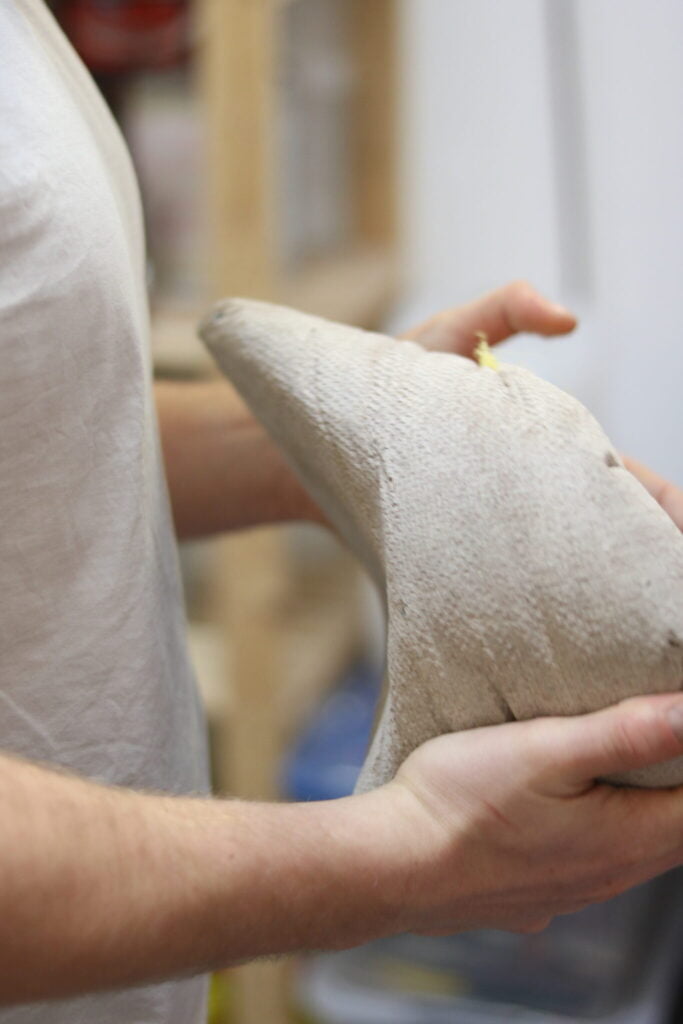
Credit: Benjamin Nuttall
Your own practice has taken a slightly new direction during COVID-19, at least in terms of the medium you use. Do you think the lockdown period has shifted the way you think about what you do? Has it affected the way you think about art in general, does it serve a different purpose now?
Yeah, the virus definitely had an effect, in lots of ways! I had all sorts of things lined up, I had a 3 or 4 exhibitions happening outside of Liverpool, Shuffle03 was in planning, I really felt like my art career was gaining momentum, I was excited for 2020, and then boom, bat flu, stay at home kids.
In the summer I normally work putting up glamping tents for weddings and small festivals, but because of COVID-19 all of that work went and it’s where I make about 75% of my years earnings. Sooo… I bought a couple of my own tents, set up a website and an Instagram page and started hiring them out to families for sleepovers or date nights etc. It’s going really well, so I’ve been pretty busy with that.
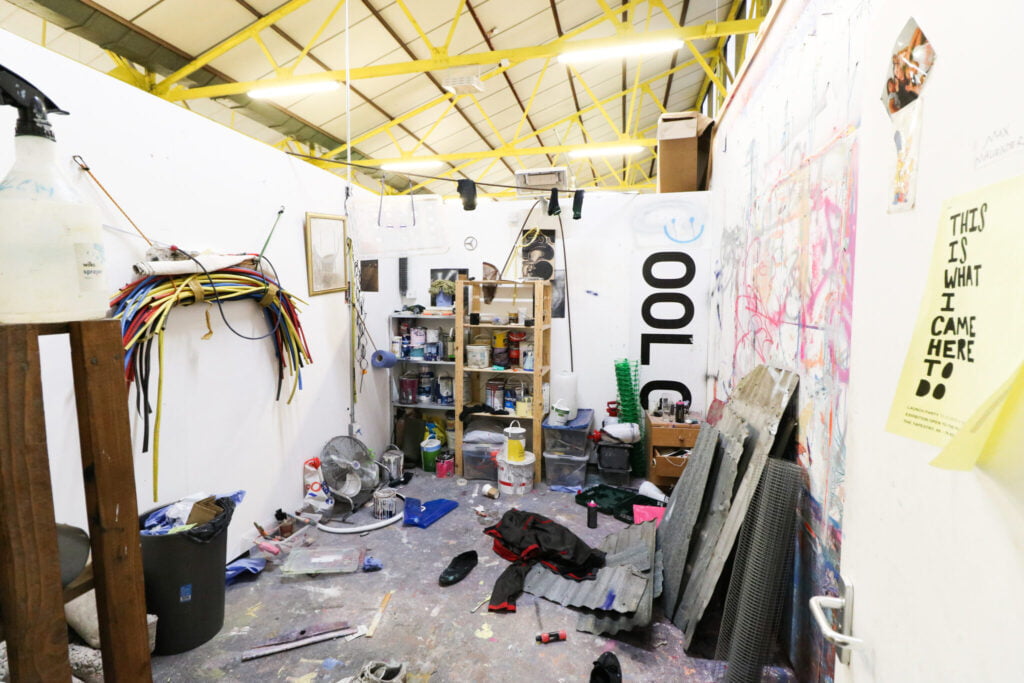
Credit: Benjamin Nuttall
I’m getting to the point now that I am settling into the day to day of running the tents so I am thinking about art again, this interview has actually been quite helpful for that. I kind of ignored the interview at first, I didn’t really know what to say, I felt like I hadn’t thought about art really, felt a bit false or something. But I like thinking about things and just giving my self the space to think to answer these questions is good! I’m getting the understanding that I can think about two things at once and that’s very cool. I am grateful for the interview!
What’s the one tool in your studio you couldn’t live without?
I initially thought the studio itself, I love having a studio, somewhere that’s dedicated to making a mess and saying yes to myself with ideas, 10/10 would recommend. If that’s cheat answer, weed sprayers are really fun, really cheap and accessible, you can water paint down, pump up the sprayer and you’ve got a horrible, messy makeshift spray paint device.
You can find Max’s website here and his Instagram page here.
Filed under: Art & Photography
Tagged with: covid-19, grafitti, illegal, interview, iphone, painting, scale, sculpture, spray, Studio, studio visit, The Royal Standard, TRS, wall
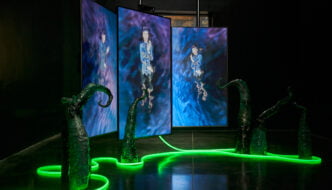
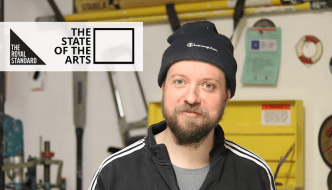

Comments